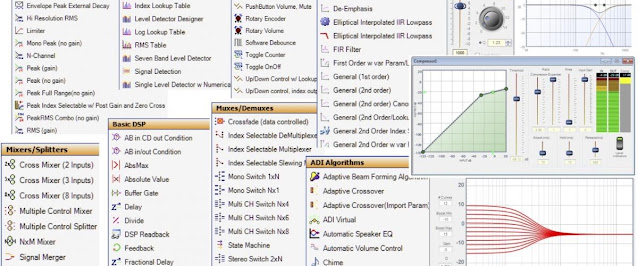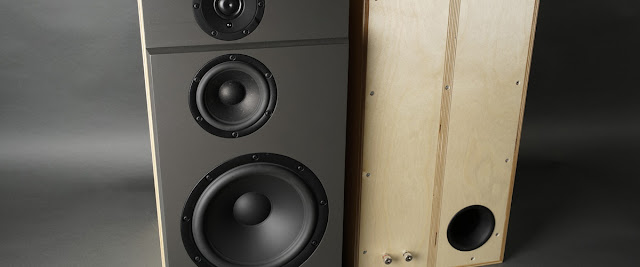DIY Speaker Measurement Part 2.
A USB Sound Interface is an external sound card designed for studio equipment. Applications on the computer is communicating digitally with the audio interface over USB. But applications usually rely on additional layers of abstraction for this communication. These layers include firmware in the audio interface, USB device drivers, operating system and audio subsystems. Examples of such audio subsystems are Core Audio on MacOS and iOS. A combination of ALSA, JACK and PulseAudio on Linux and ASIO, WDM and MME on Windows. Note that audio interfaces comes with different software and support for different audio subsystems. The quality of this software may also vary between manufacturers and versions of the software. The manufacturers software may also contain settings that might have an impact on the sound quality and speaker measurement.
What kind of interface is needed for speaker measurement? The short answer is an interface with at least two inputs and one output but all inputs and outputs are not created equally. Preferable are inputs that accepts balanced XLR and 6.3 mm jack connectors and that is able to provide phantom power. The outputs could be balanced or unbalanced with 6.3 mm jack or RCA connectors but should preferably be 6.3 jacks supporting both balanced and unbalanced cables.
Measurement software can usually perform a loopback calibration of the interface. The calibration should if possible be performed on the same input and output that will be used with the measurement microphone and the output used to feed the speaker (DUT). The USB Audio Interface is connected to a computer in the image below. It is powered trough the USB cable and USB is also used to exchange digital audio streams between applications on the computer and the audio interface. It also has two inputs and two outputs for analog signals.
A cable is connected from the output that is going to be used to feed the speaker to the input that is going to be used with the measurement microphone. This is the loopback for calibration. Note that the output will provide a line level signal so the input must accept line level. Otherwise a DI-box must be used to lower the signal level from line level to microphone level.
The measurement application will send out a reference signal on the output and record it on the input. This measurement can then be saved as the contribution from the interface so that it can be deducted from measurements leaving only the microphones contribution. Think of this as the calibration of the interface compared to calibration of the microphone which is something else.
The equipment is setup for measurement in the next picture. A measurement microphone is connected to input 1 which must accept microphone level. The microphone is also feed with phantom power from input 1. A power amplifier is feed with line level from output 1. The power amplifier will drive the speaker (DUT) at speaker level.
This setup is OK for quick and dirty measurement of frequency response but the delay in the loop between the microphone and speaker will be unknown, rendering the phase information less useful.it is therefor preferable to use a timing reference. There are several techniques but a simple and reliable one is to split the sound from output 1 and feed it to input 2 as a loopback timing reference like in the picture below.
Different measurement applications offer different alternatives for timing references and configuration of loopback timing reference. Some require you to split the signal from output 1 others allow you to use output 2 for loopback timing reference. Note that input 2 must accept line level for this kind of loopback. Otherwise a DI-box must be used to lower the signal level from line level to microphone level.
This marks the end of this second blog post about speaker measurement. The next post will be about some common USB Audio Interfaces, their pros and cons for speaker measurement.









